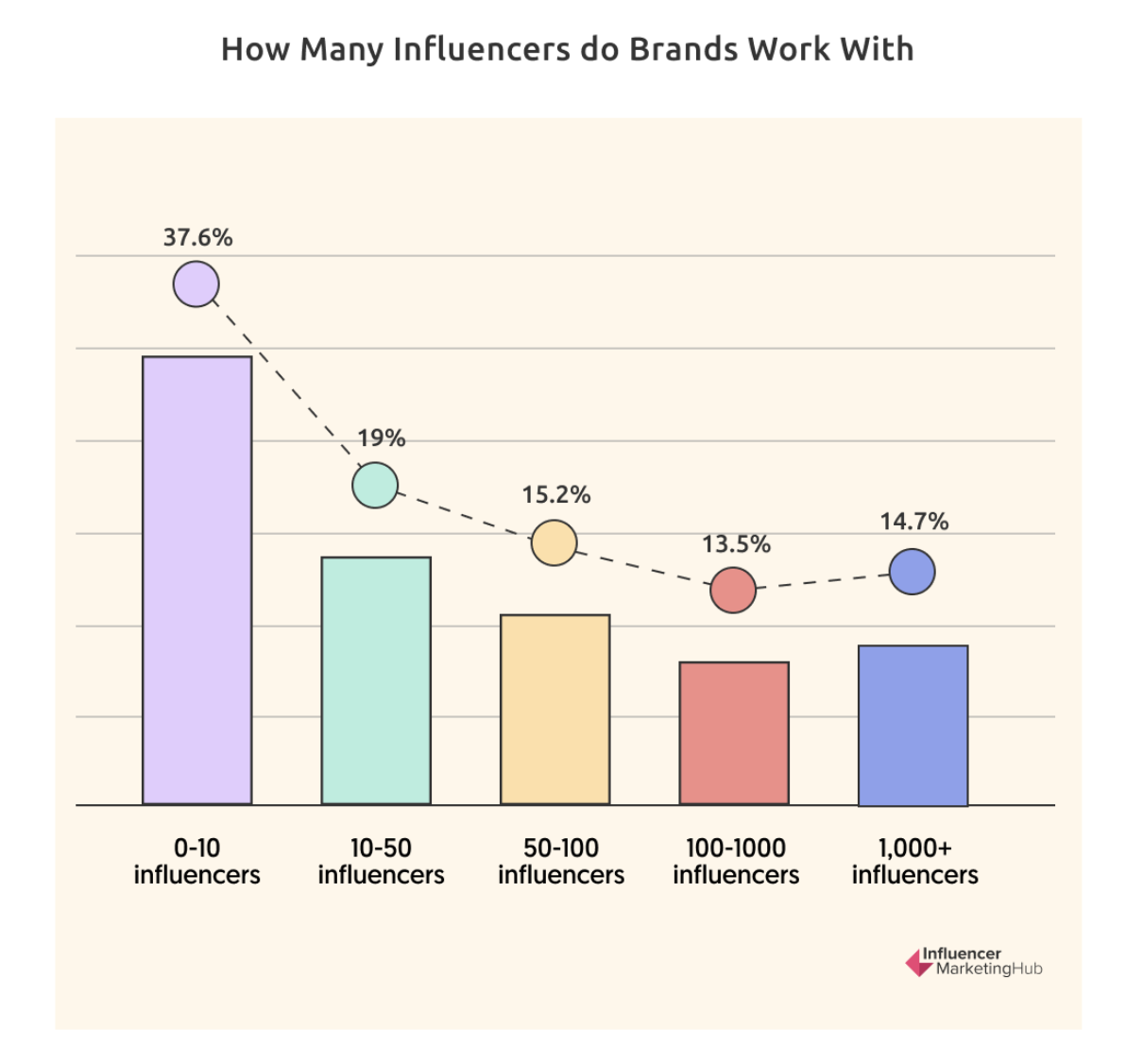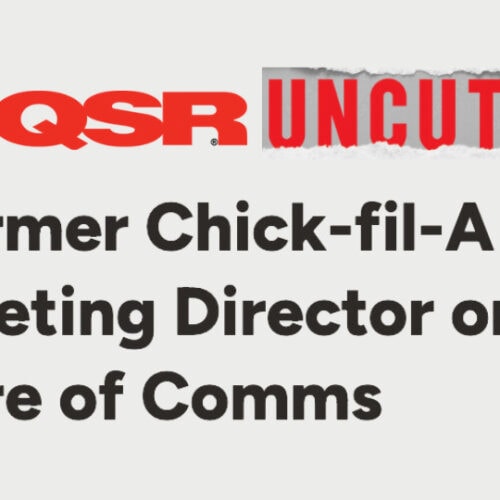This month’s blog is all about embracing an evolving landscape and an economy in flux. We’ve heard from senior marketers that 2024 is the year of testing, learning and scaling. What are you dipping your toes in?
If you’re looking to shake things up, consider a new project with Belle. These offerings are meant to kickstart 2024 priorities.
Bold Brand Ideas: How to connect insights for deeply relevant campaigns
OLIPOP is calling all besties for its latest promotion. The brand announced they are hiring two Senior Soda Consultants to travel and create branded content this spring + summer. Perks include a $40,000 “salary”, plus food, accommodations, travel + daily stipends. In addition to the application, applicants must post on social media, using the branded hashtag #OLIdreamjob.
The opportunity ladders up to their larger campaign, “Real Love Makes Us”, which is all about celebrating good times with good people. According to OLIPOP, the campaign is centered in this data:
- 40 million Americans say they have no close friends.
- 61% of young people (aged 18-25) frequently feel lonely.
- American happiness has hit record lows.
- Cue OLIPOP: Soda is often associated with socializing. It complements summer barbeques, birthday parties, game nights and dinner with friends.
- Plus, in 2023 alone, they received over 90,000 job applications – AKA everyone wants to work for OLIPOP.

It’s also safe to bet OLIPOP factored in marketing trends…like the rise of the creator economy, and how UGC is the most trusted form of marketing.
When combined, these truths, trends and data points are the roadmap for an insight-driven, winning strategy. Agencies and brands are not short of big, creative ideas. But not all creative ideas are actionable nor relevant to business goals.
At Belle, we’ve identified three elements that differentiate winning ideas from losing ones:
- Insights: Data and implications gleaned through research
- Strategic Idea: Informed path that creates a “WHY”
- Collaboration: Engaging necessary stakeholders early and often to preserve feasibility
While the performance of this campaign is still TBD, it has the ingredients for success.
Interested in a creative activation of your own? Ask about our BIG Accelerator: a 4-6 week intensive that brings together Belle strategists and brand leaders to roadmap feasible and differentiating programs that earn maximum visibility.
Industry Insights: Crisis communication planning in the age of AI
AI technology and its many applications are incredible assets for companies. They also pose big risks. With great power comes great responsibility, right?
As companies adopt AI tools, it’s likely HR + IT are updating employee guidelines and handbooks. Communication teams should update their crisis plans, in tandem.
Consider these potential crises:
Bias + discrimination
AI algorithms can lead to discriminatory outcomes based on the biases from their data sources. For example, 70% of companies use AI-based tools in their hiring processes. They use AI to match candidates to opportunities on LinkedIn, rank applicants based on keyword screening and even analyze video submissions based on tone, word choice and facial expressions.
ACLU warns: “These tools pose an enormous danger of exacerbating existing discrimination in the workplace based on race, sex, disability, and other protected characteristics, despite marketing claims that they are objective and less discriminatory. AI tools are trained with a large amount of data and make predictions about future outcomes based on correlations and patterns in that data — many tools that employers are using are trained on data about the employer’s own workforce and prior hiring processes. But that data is itself reflective of existing institutional and systemic biases.”
Security vulnerabilities
Experts advise against sharing confidential information with generative AI tools, especially if company security measures aren’t in place. They’re susceptible to breaches and cyber attacks, posing data privacy and security concerns. Because generative AI tools store information shared by users, experts warn that proprietary information can get leaked into larger language models.
Misinterpretation + miscommunication
Take Air Canada for example. Their AI chatbot is making headlines for mistakenly promising a customer a discounted ticket. The AI bot cost the airline hundreds of dollars. The airline tried to fight the case, calling the chatbot “a separate legal entity that is responsible for its own actions.” Canada’s Resolution Tribunal ruled otherwise. This ruling could set a notable precedent, making companies liable for the outputs of artificial intelligence.
While these are likely risks that IT and HR departments are discussing, it’s critical for communication pros to have a seat at the table. The best crisis management tool is mitigation – anticipating the risks before they happen.
If you haven’t dusted off your crisis communication plans recently, consider this a reminder to prioritize in 2024. To get started, check out our free crisis planning sheet and crisis fact sheet. Preview, above.
Goals: How B2B influencer pilots can drive results + inspire internal buy-in
Influencer Marketing Hub’s 2024 report found that:
- ???? B2C influencer campaigns are up (B2C respondents jumped from 62% to 73% YOY)
- ???? B2B influencer campaigns are down (B2B respondents decreased from 38% to 27% YOY)
This data points to a clear opportunity for B2B brands to stand out. Millennials and Gen Z largely make up today’s buyers, and their habits are shifting. They spend massive time in the research phase, deep-diving brands via social and third-party sources before actively engaging in the sales process.
That said, it’s not surprising the number of B2B campaigns are down.
Our team is often asked: How could influencers work in my industry? Who would even be considered an influencer in this complex/nuanced/technical space?
To which we reply: B2B buyers are people, too, and they overwhelmingly trust peer opinions.
It’s about identifying the right peers on the right platforms. It takes careful and intentional vetting, but it’s possible, and it holds substantial opportunity for ROI. Influencers drive awareness and discovery, ultimately priming audiences, which makes your sales team’s jobs a whole lot easier.
Plus, the lines between personal and professional content consumption are blurred. Brands can reach B2B buyers on traditionally B2C platforms like TikTok and Instagram. We’re actively doing it now for several clients. We like to call this type of thought leadership, “edutainment.” It’s about simplifying complex topics and bringing value to buyers’ social feeds — without a hard sell.
For B2B brands who are new to influencers, use 2024 as a test-and-learn year.
- Start with 1-3 right-fit partners focused on very specific topics or products, over 3-4 months.
- Identify fixed metrics to monitor, such as impressions, make-up of audience reached, comments sentiment, shares + saves, and website traffic, to assess the potential of the tactic.
We call these pilot projects and offer them to brands new to the Wild Wild West world of influencer marketing. These pilots help make a case for larger spend, securing much-needed buy-in from the C-suite, finance departments and legal teams.
DEI Download: BIPOC creators turning to affiliate marketing for equal pay. They shouldn’t have to.
There has long been a significant pay gap between white and BIPOC creators, especially in the influencer marketing space. The trend has led many creators of color to affiliate marketing as an alternative.
In a recent article, Janesha Moore, a Philadelphia-based creator, shared: “Affiliate marketing is such a powerful tool because everyone has the same percentage they make, so it’s really just a matter of the strategies you put into place to make the money work for you.”
Creators of color, especially Black woman creators, have leaned into affiliate marketing due to brands overlooking and underpaying them. Here lies an opportunity for brands to double down on offering equitable compensation. We have the power to ensure BIPOC creators are afforded the same opportunities as their white counterparts, starting with equitable pay.
For brands seeking guidance on establishing equitable compensation models within their marketing teams, the 2023 Influencer Pay Equity Guide, a collaborative guide published by ANA, 4A’s, PR Council and their members, serves as a great resource.
Fill out the form below to be notified when our next blog publishes.








